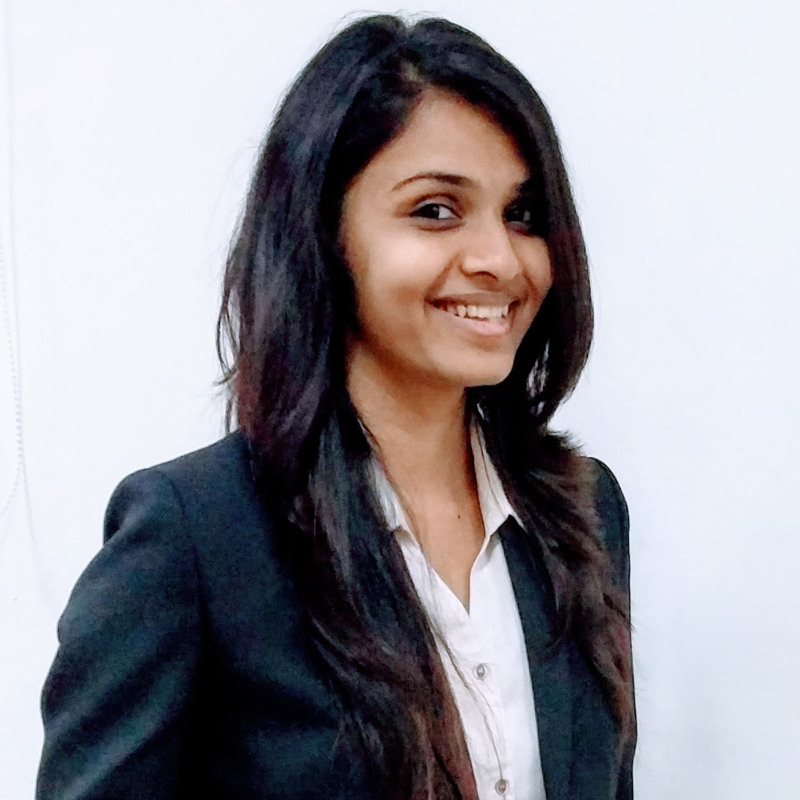July 28, 2023
![]() by Bakhyt Weeks / July 28, 2023
by Bakhyt Weeks / July 28, 2023

Smooth customer onboarding lays the foundation for a smooth customer journey.
This is the beginning of a customer's experience with your software-as-as-service (SaaS) product, affecting their satisfaction and likelihood of continued use. When customers see the value in your product faster, they’re more engaged and motivated to do business with you.
A well-thought-out client onboarding creates trust and loyalty, positive word of mouth, and positive customer feedback and provides opportunities to retain existing customers.
SaaS customer onboarding is a systematic process of introducing and supporting new users with a SaaS product so they can quickly understand its features, set up their accounts, and use the software effectively to meet their specific needs.
Many SaaS companies directly embed onboarding elements, such as interactive tutorials, on-screen guidance, tooltips, and in-app messaging, into their software interfaces to provide a seamless user experience and real-time assistance.
A poorly designed onboarding process can lead to massive churn rates even if the product itself is excellent, particularly with products that involve in-product learning and require specific technical knowledge. Users may struggle to grasp the product's intricacies and become disengaged.
By prioritizing a well-designed onboarding process, SaaS companies can reduce churn, enhance user proficiency, and foster long-term customer satisfaction.
For instance, 80% of users say they’ve deleted an app because they didn’t know how to use it. A significant 86% of individuals express that they're more likely to remain loyal to a company that prioritizes creating onboarding content.
Furthermore, poor onboarding ranks as the third leading cause of customer churn, surpassed only by issues related to product fit and lack of engagement.
Onboarding customers to your SaaS product goes through multiple steps. Each customer onboarding stage effectively introduces customers to SaaS products and fosters long-term success.

Source: clinked.com
Here’s a deeper dive into the seven SaaS customer onboarding stages.
Sales handoff involves passing the baton from the sales team to the customer success team. This step smoothly guides customers through the sales funnel and sets the stage for a successful customer journey.
Before the customer transitions to the post-sales stage, the sales team finalizes all contractual and financial aspects. It also gathers comprehensive information about the customer, including their goals, challenges, and needs, to facilitate a successful handoff.
To make sales handoff a success, it’s best to have a detailed handover template outlining every point that needs to be covered. This can be hosted in your customer relationship management (CRM) software in a form or simply as a standardized document in a dedicated customer folder on either private cloud or on-premises.
Ideally, the sales team conducts a handoff call with the customer success team to clearly understand what success looks like for each customer. This allows the customer success team to effectively plan the SaaS onboarding process and guide the customer through setup, training, and initial product use.
Even after the meeting, effective communication between customer success and sales teams remains critical to enabling knowledge sharing and addressing any customer concerns.
Many businesses make the mistake of sending their new customers a blanket welcome message. Composing a personalized welcome message that helps create a warm and engaging introduction is highly recommended.
This can include personalized greetings, relevant product information, and a clear representation of the customer's expectations throughout the onboarding journey. A whopping 58% of customers emphasize the absolute importance of personalized interaction when interacting with a brand or business.
You can deliver welcome messages through different channels, emails, personalized videos, or personalized onboarding portals, laying the foundation for a positive onboarding experience.
The welcome message should offer an initial needs assessment, training, or support session, making sure the customer receives the necessary resources and support right from the start.
 Source: clinked.com
Source: clinked.com
The needs assessment discussion helps understand customer needs and match them to the product offering. Determining exactly what the customer wants to achieve with your product is crucial. An example could be, "I want my team to use your product to send 100 highly personalized emails every 24 hours."
Documenting the client's needs and goals is equally important for future references and onboarding. An on-demand knowledge base helps different teams, including product development, technical support, and customer service, come together to understand customer needs and enable tailored support.
Customization and setup are about correctly configuring the product requirements to meet the customer's needs. Access credentials, data migration plans, and technical documentation help streamline the setup process and avoid potential issues, especially if the customer wants to integrate the new product into their existing systems.
Guide the customer through the setup step by step. Offer webinars, video tutorials, or live support to introduce them to the product. Adjust onboarding based on customer feedback.
Don't forget to offer the customer full set-up training so they can solve any problems that will inevitably arise. You also need proactively respond to customer concerns, offer advice, and prompt support. This is particularly important when onboarding customers to technically complex software.
Above all, keep your customers informed at every step and continue to customize the onboarding process to their needs. 62% of customers want to communicate with companies via email. 48% would like to use the phone, 42% live chat, and 36% “Contact Us” forms.
In some cases, you may even need to travel to the customer to provide personal support and training. To use the product in the long term, the customer has to be 100% satisfied with the setup process.
The "aha" moment refers to the point at which a customer truly understands a product’s or service’s value. This is where they first experience your solution’s core benefits. Aha moment is often the tipping point for increased engagement, product adoption, and customer retention. It can vary by company and depends heavily on what you offer.
Here are a few things you can do to lead the customer to their aha moment.
The “aha” moment is a milestone in the customer journey and indicates increased recognition, acceptance, and value of your product. For example, HubSpot’s aha moment can be a client setting up a new campaign, MailChimp’s, the first email send, and so on. Celebrate these little moments, recognize the customer’s progress, and motivate them to keep exploring.

Source: Mailchimp
The follow-up and support phase is about making customers feel supported while they use your product or service. This is where you can identify and fix issues and collect feedback to improve future onboarding experiences. The level of support you provide directly impacts customer satisfaction and retention.
Make sure to offer customers adequate support materials and resources, including FAQs, user guides, video tutorials, and more.
To closely monitor, track, and support clients, set up a system to be automatically notified of their successes. For example, customers who successfully create a new campaign receive an automated congratulatory email. This email can also include additional help and suggestions for the next steps.
Timely follow-up maintains momentum, encourages the customer to further explore and derive value from your product, and provides you with valuable insights into what worked well and needs improvement.
This stage marks the transition from onboarding to regular use of your product or service, equipping customers with everything they need to succeed.
Typically conducted in larger SaaS organizations with a separate onboarding team, this step involves handing over all knowledge and documentation gathered during onboarding to the customer success team.
For a smooth transition, keep the following in mind.
SaaS customer onboarding tools bring efficiency and ease to the process.
A thorough and personalized SaaS customer onboarding process helps build lasting customer relationships and maintain high customer retention.
Each of the seven SaaS customer onboarding stages – from initial sales handoff to transition to ongoing customer success – bring customers closer to your product and brand.
As you refine your onboarding process, guide your customers to real, measurable success. Ultimately, this success is the motor for satisfaction, loyalty, and long-term partnerships.
Stay tuned for new developments in SaaS. Learn about six key SaaS trends to stay competitive and attract more customers.
Bakhyt is a seasoned business growth strategist and adept entrepreneur, presently serving as the Head of Growth at Clinked. Her domain expertise extends to marketing strategies, performance metrics, growth-oriented planning, and search engine optimization (SEO).
Long-lasting customer relationships are vital to growing any business.
 by Nupura Ughade
by Nupura Ughade
The road to bootstrapping a SaaS company is full of hurdles. But for product connoisseurs, it...
 by Ben Robinson
by Ben Robinson
If you’re like most SaaS companies, there are probably 20+ companies in your category that are
 by Yasmine de Aranda
by Yasmine de Aranda
Long-lasting customer relationships are vital to growing any business.
 by Nupura Ughade
by Nupura Ughade
The road to bootstrapping a SaaS company is full of hurdles. But for product connoisseurs, it...
 by Ben Robinson
by Ben Robinson


